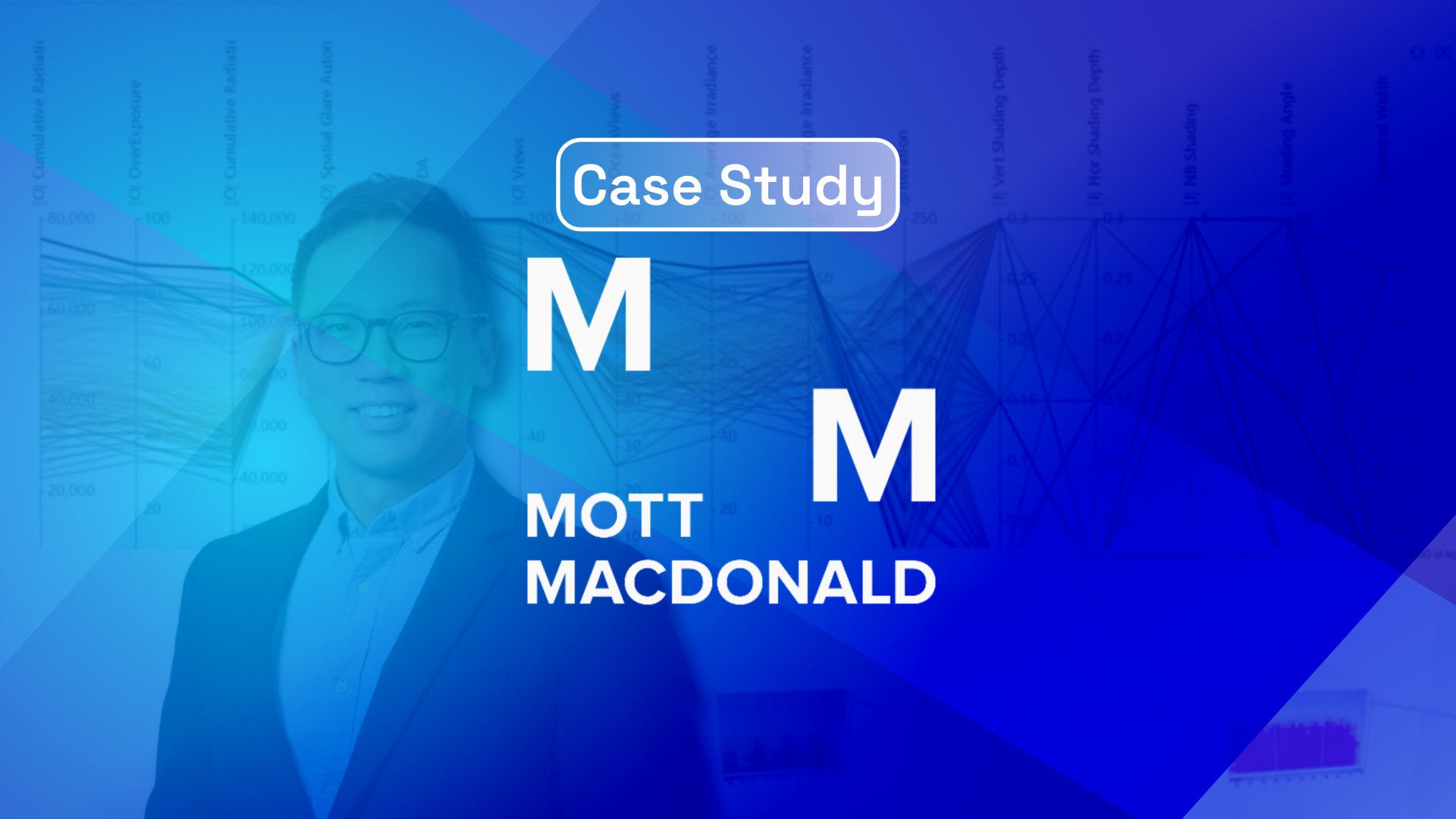Introducing Shuwei, Senior Software Developer
Shuwei Zhang is a Senior Software Developer at Mott MacDonald, a leading AEC firm. Shuwei’s responsibilities for the past couple of years have been focused on enabling various teams to improve productivity and efficiency thanks to digital tools and new technologies.
Together with Alexandra Bogdanova (Sustainability and ACD Lead) and Camille Gaven (Senior Sustainability Consultant), they tell us about Speckle’s adoption across Mott MacDonald and, more specifically, a tool they built to drive internal efficiencies.
Supporting Building Sustainability Teams with Speckle-Enabled Tools
One of the biggest challenges the building sustainability team at Mott MacDonald faced was the need for more internal efficiencies due to limited traditional workflows. This key problem can be broken down into:
- The scatteredness of the data being used across various projects
- The inability to use and correctly display information to key stakeholders
- The lack of extra functionalities in the current systems used
The team could have spent more time asynchronously providing key stakeholders updates, leading to huge information loss.
Before coming across Speckle, the team performed a result parameter search using Grasshopper Sphere Design Explorer to capture all required information.
However, the tool frequently produced wrong simulation results. This is when Shuwei introduced Speckle as a database to capture different iterations simultaneously.
Speckle: A Reliable Database
“Not only was it easy to develop with Speckle, it also came with a vibrant community and timely support,” says Shuwei, Project Lead.
This made developing internal solutions easy; “it made the development a breeze”. Because Speckle allowed for easy configuration, the team benefited from:
- Interoperability & connectedness of data
Having connectors built made it easy to integrate it into existing workflows, as each simulation was saved to the cloud (instead of computers).
Gaining flexibility when it comes to uploading different iterations in real-time. No information (nor time) losses on interrupted simulations!
2. Ability to add, chop, and change data structure as you see fit
Attaching information to the resulting geometry after the data has been uploaded to then use, present, slice, and dice it however you want to.
Giving contractors the ability to access insightful data directly from a web portal rather than needing Power BI licenses led to higher client satisfaction and stronger collaboration results.
The Building Optimiser Tool: A Deep Dive
The building optimiser tool was built using Speckle as a foundation; as Shuwei puts it, “Speckle gave us the ability to store our data and expand on top of its foundation. Its customisability is what made this project feasible,” and here’s what the tool does:
- It offers synchronised viewer functionalities, which means it will display different types of outputs on different screens.
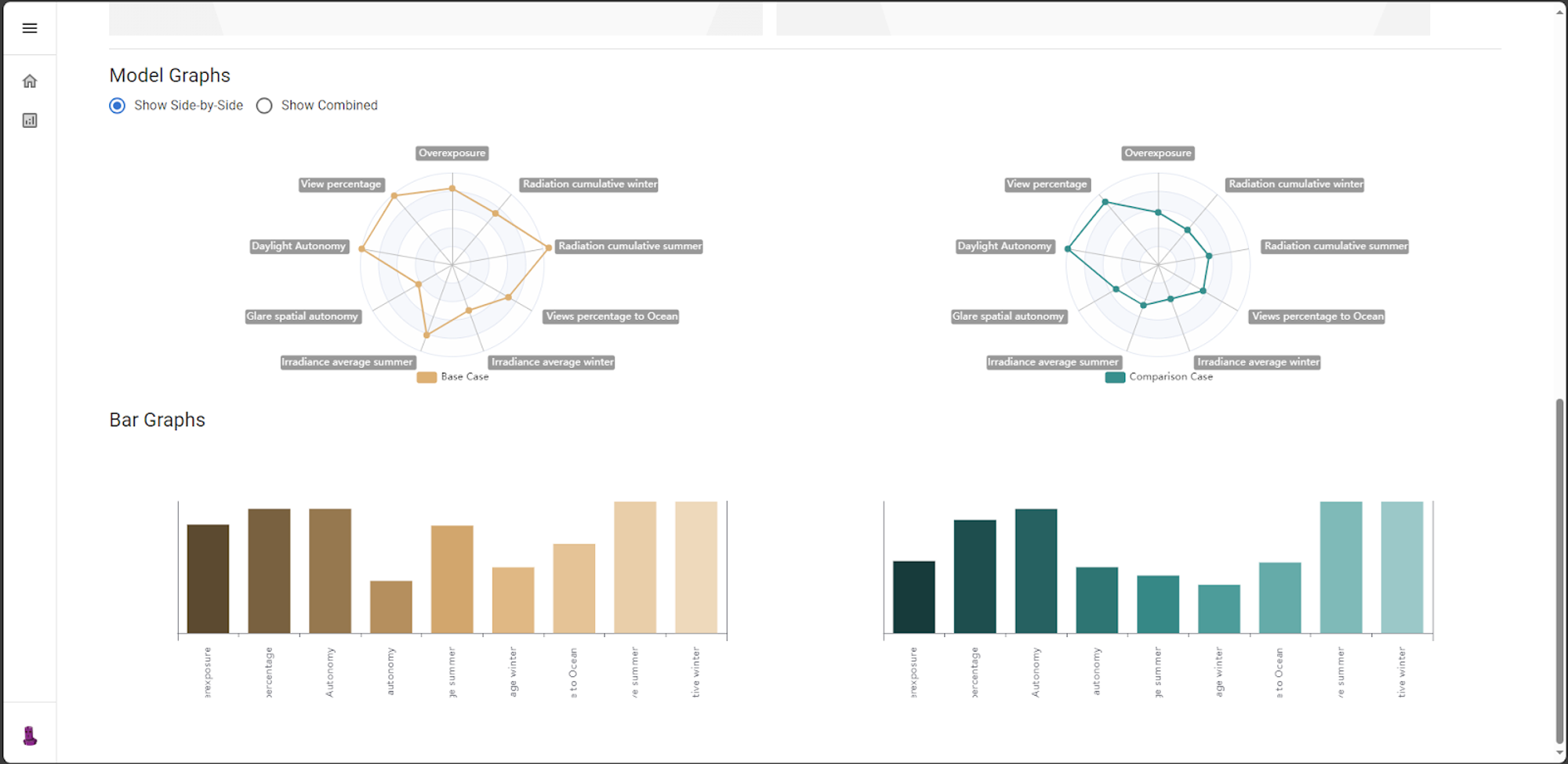
- It delivers and compares end results individually, with incorporated camera movements that are synchronised as you orbit and zoom on one model. This will get updated on other models.
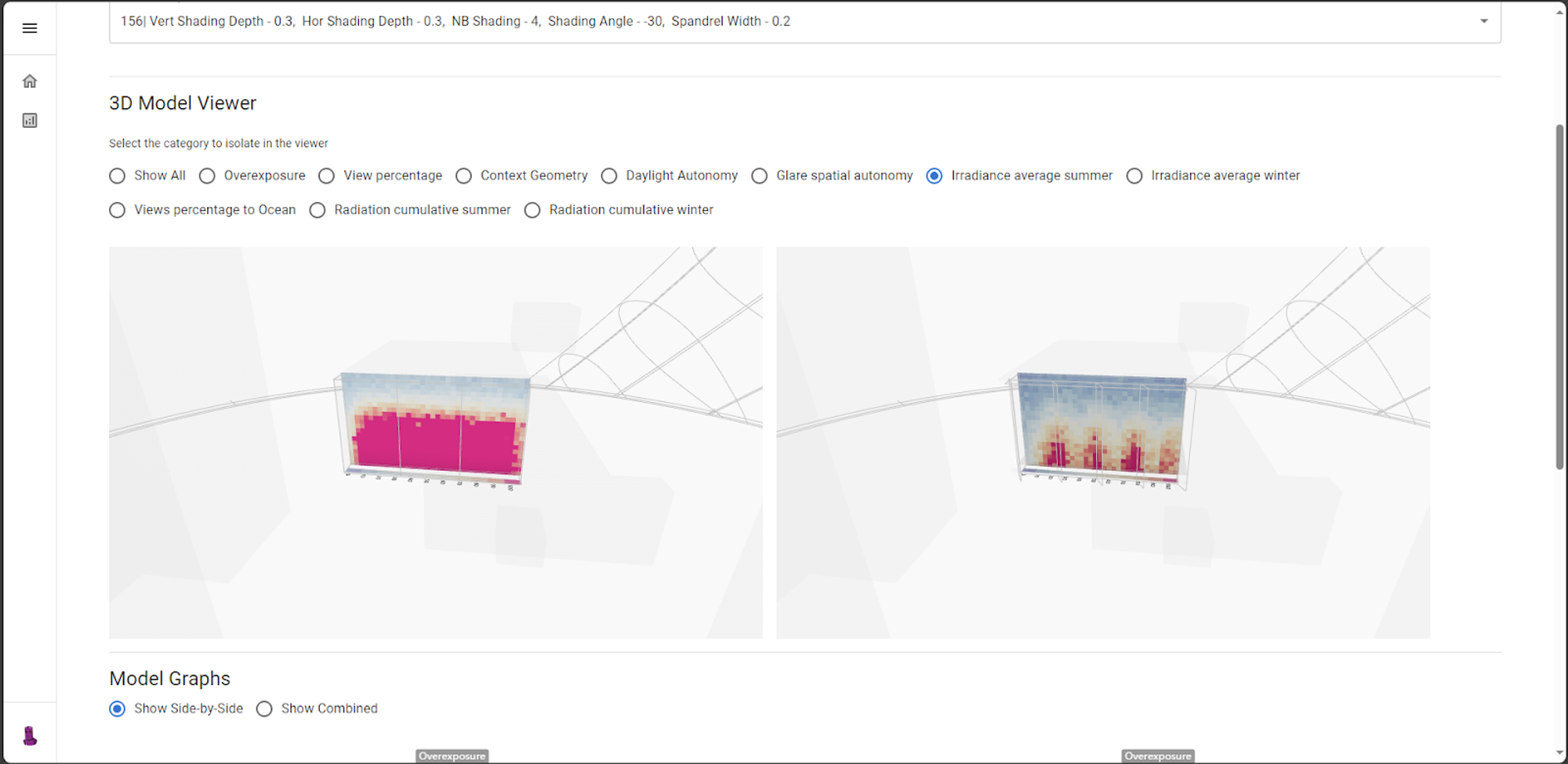
- Ultimately, it offers an “apples to apples” comparison, which was helpful when presenting the results to key stakeholders.
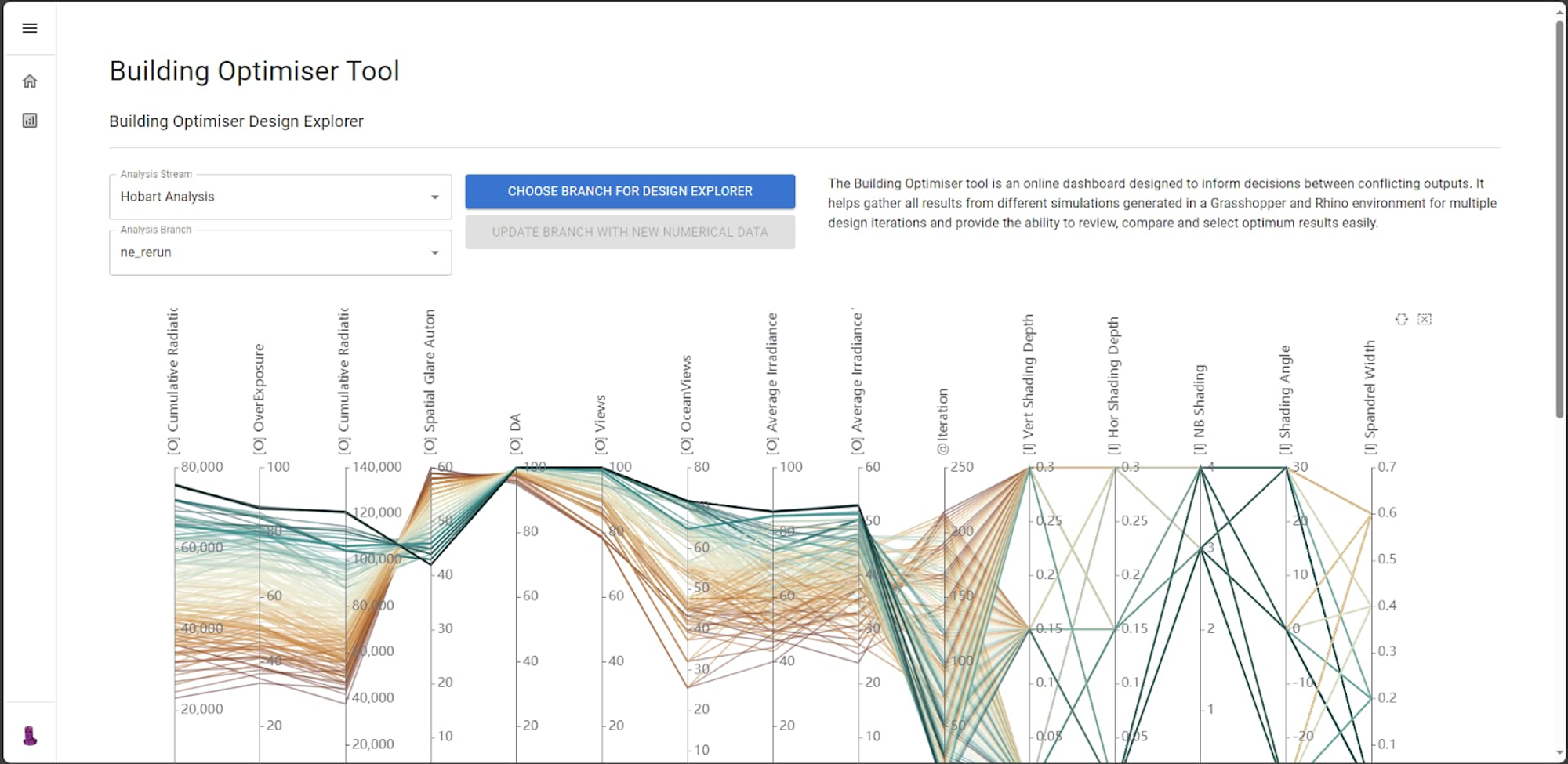
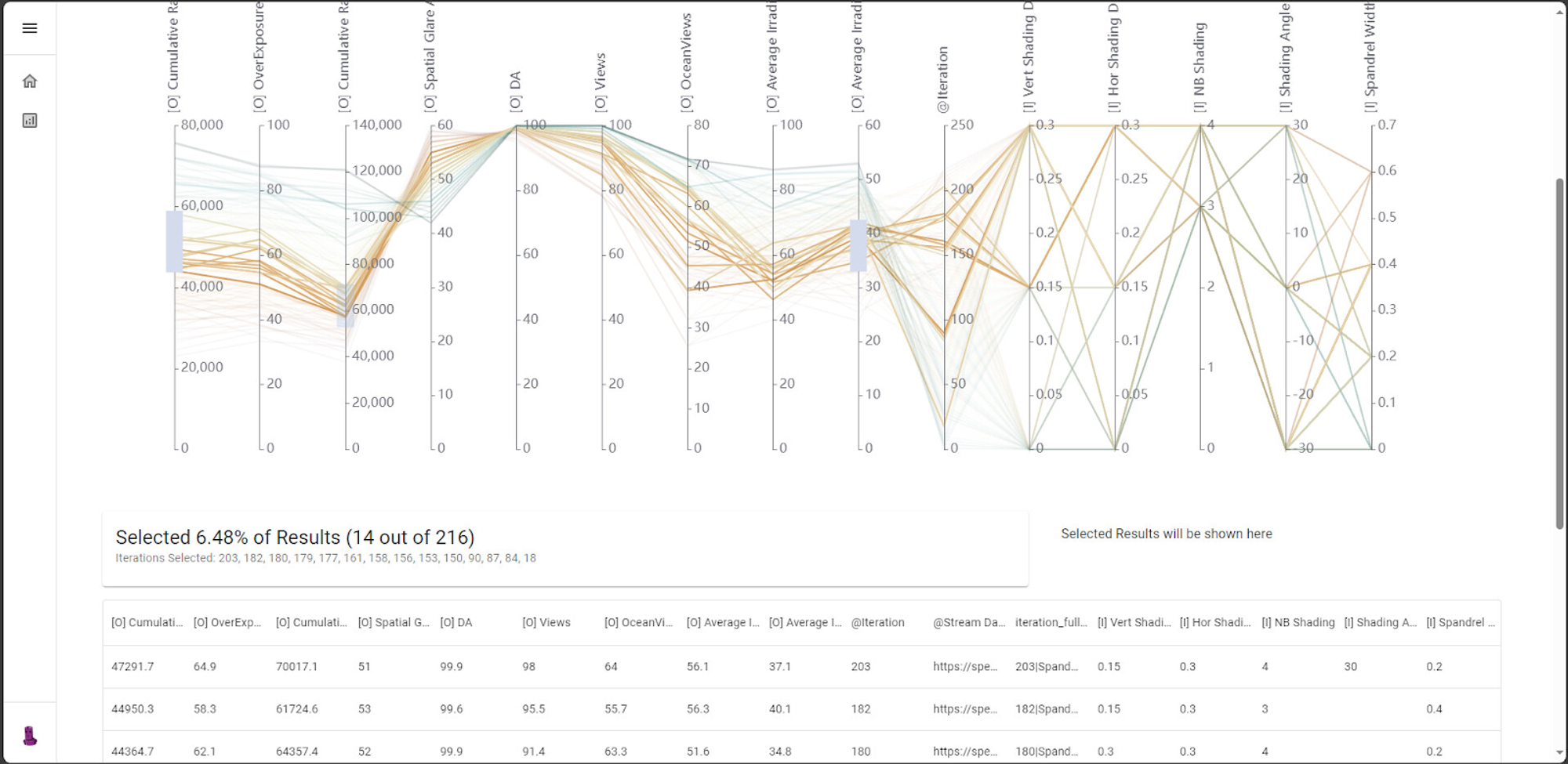
Utilising Speckle at Scale
Mott MacDonald’s creative teams used Speckle in many different ways including:
- Using it as a repository and “BIM Package Replacement” and having a go-to library for geometry assets (with all the metadata in place!)
- Augmenting GIS data with 3D information
Conclusion
Shuwei’s project demonstrates how easy it is to develop with Speckle. We look forward to seeing other creative projects the Mott MacDonald team develops in the future, as we’re very impressed with their ability to leverage Speckle to drive internal efficiencies across different teams strategically.
Learn more about other use cases we’ve seen across the AEC and get your Speckle account today!
Subscribe to our newsletter below if you'd like to receive more content like this:

